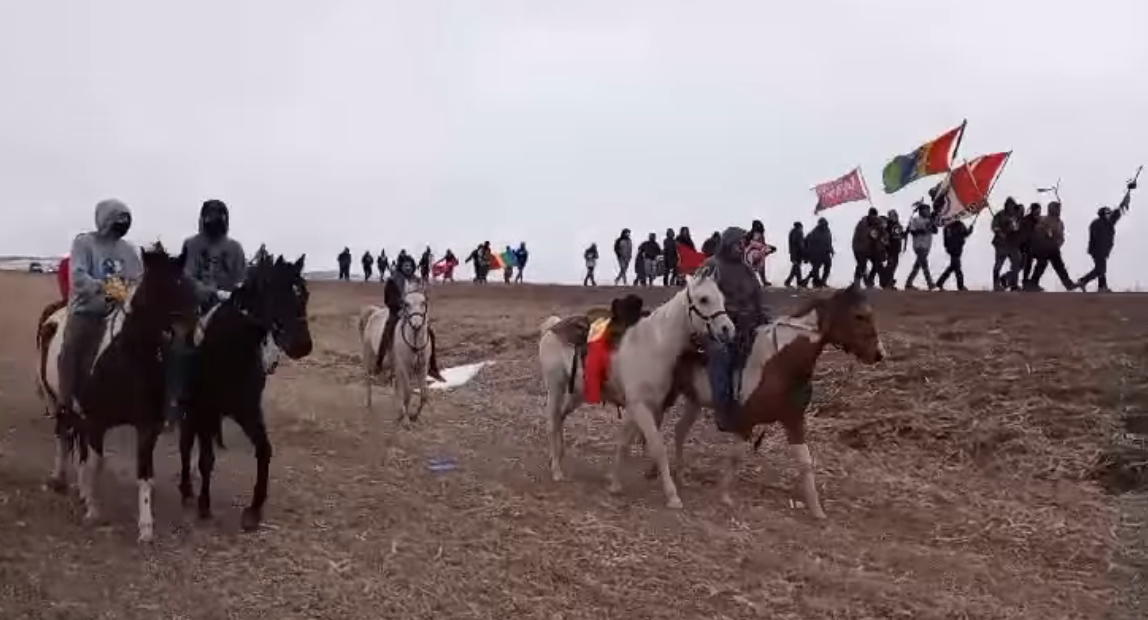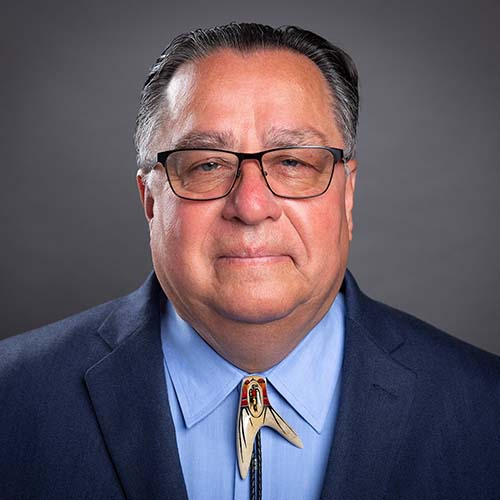
- Details
- By Levi Rickert
As Covid-19 began to spread across the United States, the first documented case in Indian Country was on the Confederated Tribes of the Umatilla Indian Reservation in Pendleton, Ore. on March 2, 2020. The tribes announced that day a staff member at the Wildhorse Resort & Casino tested positive for the coronavirus. The next day, the tribes announced their casino would be temporarily closed.
Since then, the deadly virus has spread throughout Indian Country with a deadly force.
Tribal gaming casinos voluntarily closed their doors “out of an abundance of caution” to protect their staff, patrons and tribal communities. One Michigan tribal leader told me its casino management worked all weekend to come up with a plan to close the casino smoothly. In operation since 1998, the casino had never closed before Covid-19. Some tribal casinos had to install locks on their doors because there had never been a need to lock them before Covid-19.
The voluntary closures of tribal casinos has resulted in more than $10 billion in losses in revenue, leading to reduced tribal services to tribal citizenry. Tribes provide services such as health care, elder programs, education, housing, among others.
As the year progressed, Covid-19 cases in Indian Country grew, devastating tribal communities.
According to the Centers for Disease Control and Prevention (CDC), American Indian/Alaska Native (AI/AN) communities have lost at least 5,307 lives to Covid-19 as of mid-February.
The Color of Coronavirus project, which engaged a team at APM Research Lab to compile death statistics across races, estimates that during a four-week period this February, there were 958 deaths in Indian Country. These numbers represented the deadliest stretch of the pandemic for Indian Country so far.
Throughout all 50 states and including the District of Columbia, Indian Country has the highest Covid-19 mortality rate among all races.
The breakdown among races tells the story:
- 1 in 390 Indigenous Americans has died (or 256.0 deaths per 100,000)
- 1 in 555 Black Americans has died (or 179.8 deaths per 100,000)
- 1 in 565 Pacific Islander Americans has died (or 176.6 deaths per 100,000)
- 1 in 665 White Americans has died (or 150.2 deaths per 100,000)
- 1 in 680 Latino Americans has died (or 147.3 deaths per 100,000)
- 1 in 1,040 Asian Americans has died (or 96.0 deaths per 100,000)
Joseph Stalin famously told The Washington Post in January 1947: “If only one man dies of hunger, that is a tragedy. If millions die, that’s only statistics.”
With 524,000 deaths nationwide as of Saturday, the pandemic’s death toll has increased at such a rate we have become desensitized to daily death reports.
The Color of Coronavirus project’s statistics evoke strong emotions associated with the high death rate among Native people. In conversations with people across Indian Country, when measuring the human toll, numbers alone don’t tell the whole story.
I cannot remember any Native person in recent months telling me they don’t know anyone who has died from Covid-19. All of us in Indian Country know someone we will never see again at a powwow, tribal community event or national conference.
Across Indian Country the impact of these deaths has been significant. Each death impacts the lives of families, friends, and tribal communities. The Cherokee Nation reports that dozens of fluent Cherokee languages have died from Covid-19. Scores of Native elders who serve as keepers of tribal history, traditions and customs have died. With their deaths, a part of Native culture dies with them.
In Indian Country, the epicenter of the coronavirus has been the Navajo Nation. As of Saturday, there have been 29,857 confirmed positive Covid-19 cases, resulting in 1,198 deaths.
“Despite all of the adversities, challenges, and uncertainties that we have experienced over the last year, our Navajo people and frontline warriors continue to show their determination, resilience, and faith,” Navajo Nation President Jonathan Nez says. “Our health care workers are working hard to get the vaccines into the arms of our people to help save lives.”
The Covid-19 death rate in Indian Country demonstrates that the most vulnerable suffer the most during a crisis. Living conditions on Indian reservations are comparable to third world living conditions, with poor housing, lack of running water, poor roads and lack of efficient broadband. All these factors have contributed to the deaths of Native people.
From the earliest days of the pandemic, the CDC advised frequent hand washing for 20 seconds. A third of people in Navajo Nation do not have running water. Plainly, they don’t have 20 seconds of water—or the half gallon of water that flows from a bathroom faucet—to wash their hands.
One year in, there is positive news. Vaccinations are happening in Indian Country. Vaccinations save lives. The U.S. Senate on Saturday passed the American Rescue Plan Act that allocates $31.2 billion to Indian Country, which is good news for Native people. The bill is expected to go back to the House on Tuesday, and it’s likely that it will be approved and then move on to President Biden for his signature.
One year in, we need to continue to show caution and be prayerful as tribal nations prove once again—as they have throughout history—to be resilient in the face of adversity.
More Stories Like This
Celebrating 35 Years of Gaming SuccessMy Tribe’s ICE Contract Betrayed Our Values
Extending the Affordable Care Act Is a Moral Imperative for Indian Country
All Is Fair in … War?
Why Federal Health Insurance Policy Matters to Cherokee Nation
Help us defend tribal sovereignty.
At Native News Online, our mission is rooted in telling the stories that strengthen sovereignty and uplift Indigenous voices — not just at year’s end, but every single day.
Because of your generosity last year, we were able to keep our reporters on the ground in tribal communities, at national gatherings and in the halls of Congress — covering the issues that matter most to Indian Country: sovereignty, culture, education, health and economic opportunity.
That support sustained us through a tough year in 2025. Now, as we look to the year ahead, we need your help right now to ensure warrior journalism remains strong — reporting that defends tribal sovereignty, amplifies Native truth, and holds power accountable.
 The stakes couldn't be higher. Your support keeps Native voices heard, Native stories told and Native sovereignty defended.
The stakes couldn't be higher. Your support keeps Native voices heard, Native stories told and Native sovereignty defended.
Stand with Warrior Journalism today.
Levi Rickert (Potawatomi), Editor & Publisher

